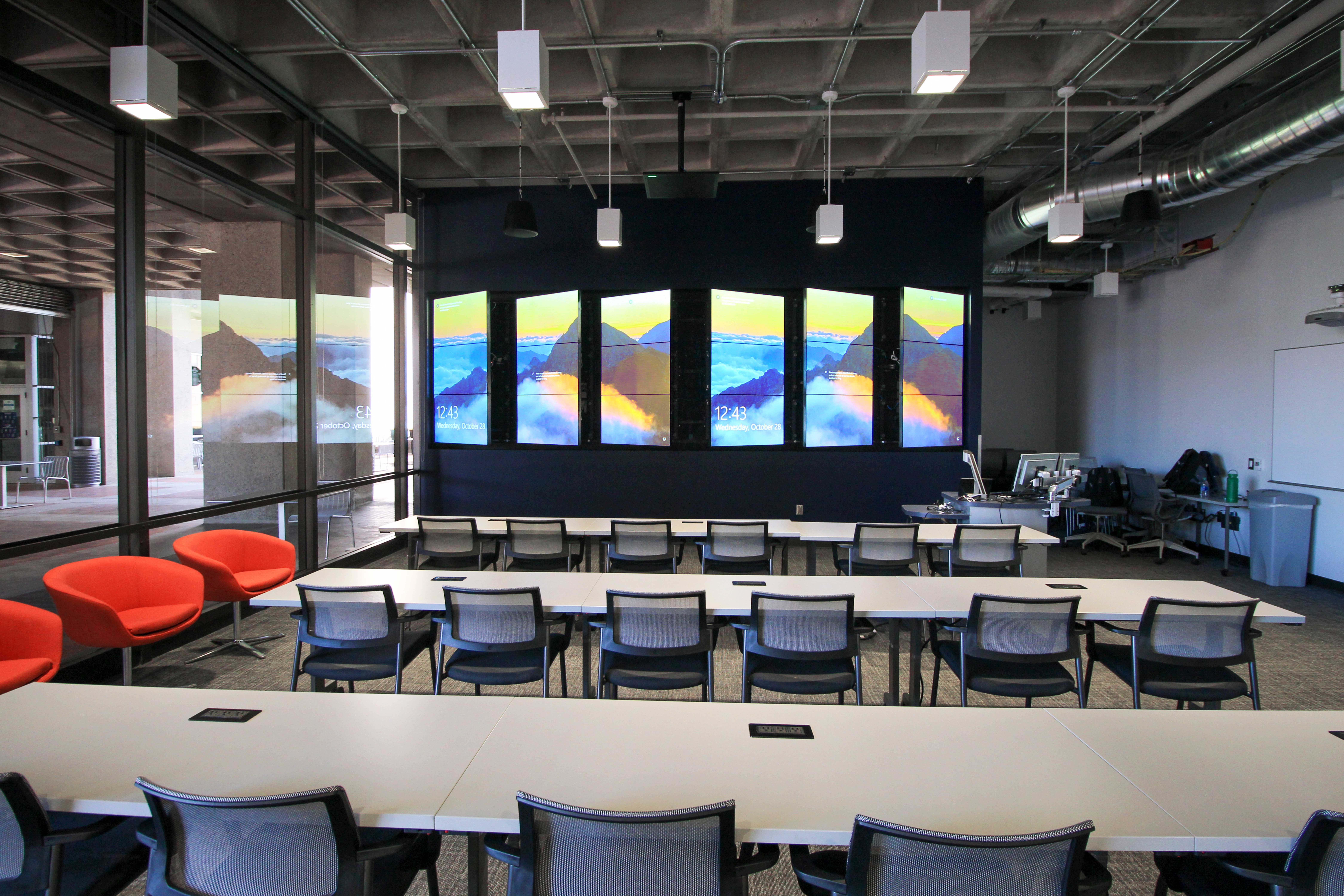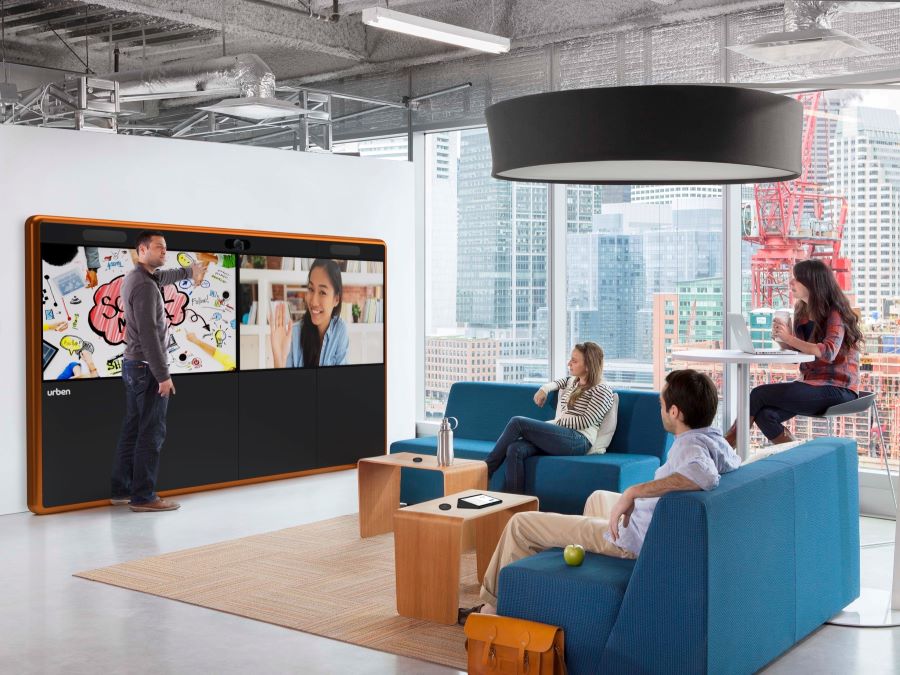 Designing the Modern Classroom: Interactive Displays, Lecture Capture, and Engagement Tech
Designing the Modern Classroom: Interactive Displays, Lecture Capture, and Engagement Tech
The room is dim. A professor in her mid-forties scans a sea of blank faces through her webcam feed, waiting for someone, anyone, to speak. On the in-room screen, a slide flickers, but half the class’s faces are dark squares with muted microphones.
She toggles the camera, adjusts the mic, checks that her lecture capture is recording, yet in her gut she already knows: many students will skip watching, participation will lag, and she’ll never know why.
That same evening, in a conference room on campus, the CIO reviews budget requests for interactive displays, auto-tracking cameras, and lecture capture upgrades. How can this kind of spend be justified to trustees? The decision feels caught between idealism—better learning, equity, retention—and pragmatism—ROI, utilization metrics, technical risk.
Whether you’re leading a pilot, influencing the decision path, or holding the purse strings, you know this tension too well. The promise of the modern classroom is compelling, but making the leap requires more than new equipment. It takes a blueprint that connects engagement, evidence, and economics.
In this post, we’ll explore how to design a modern learning space with interactive displays, lecture capture, and engagement technology that feels grounded and defensible to CIOs, IT Directors, and faculty alike.


